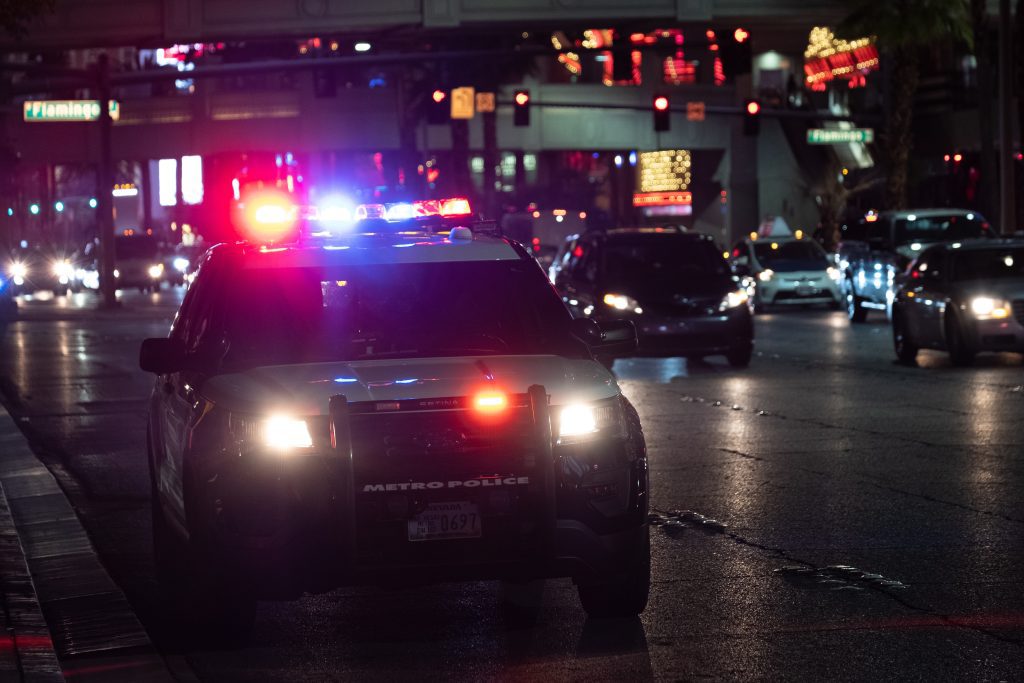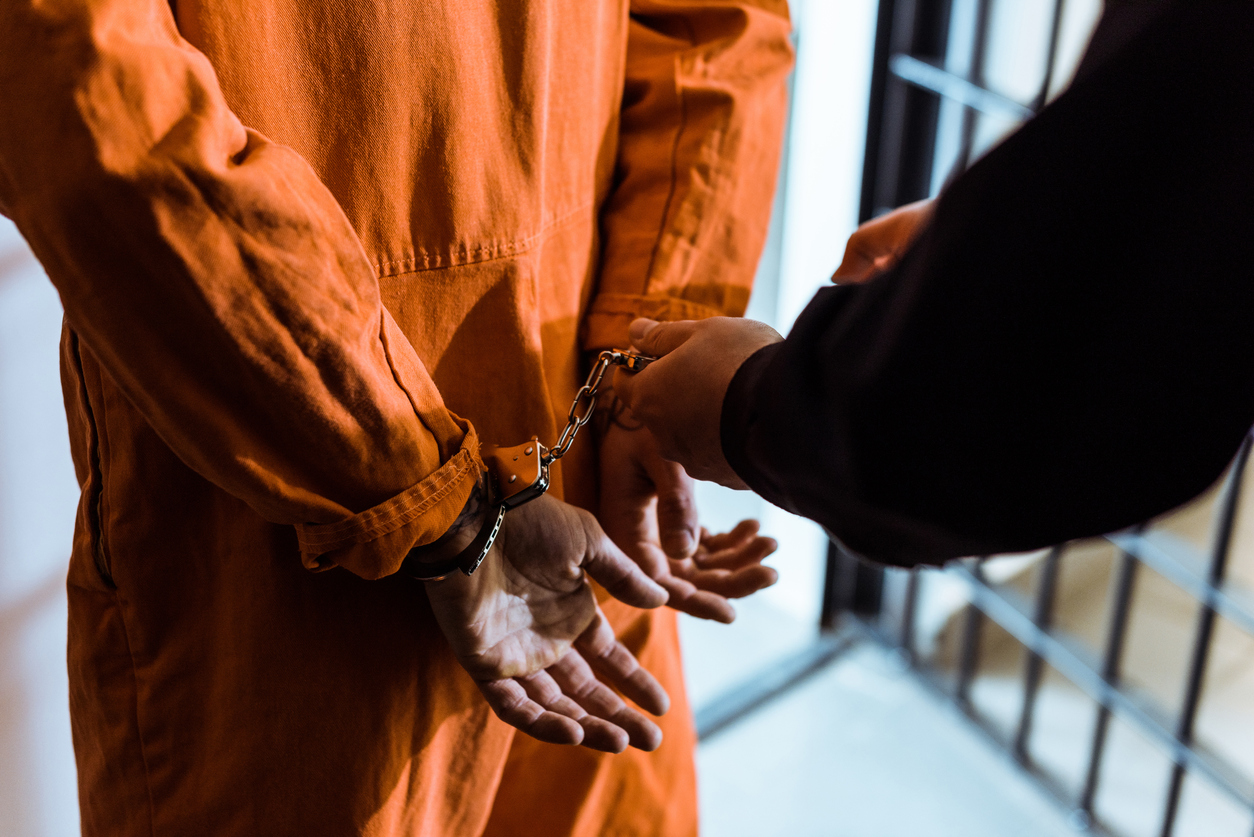People may be charged with either misdemeanors or a felonies when accused of committing crimes. In general, a felony is more serious than a misdemeanor. It also carries a more severe penalty, which could include time in jail or prison.
It is up to each individual state to classify and define most crimes as well as their punishments. Many states classify felonies and misdemeanors in classes. The states choose the punishment based on which class the crime falls under. Classification varies between states. Felonies are punishable with at least a year in prison. Misdemeanors come with less than a year in jail, probation or fines.
What are some common felonies?
A felony is the most serious type of crime. A felony is typically a violent crime. Examples of violent felonies include manslaughter, murder, aggravated assault, robbery, rape and kidnapping.
Felonies can also involve nonviolent activities that are still considered extremely harmful. Examples of those include grand theft, embezzlement, perjury and copyright infringement.
What are some common misdemeanors?
Misdemeanors are crimes that are less serious than felonies. Misdemeanors are generally nonviolent. Examples of misdemeanors include vandalism, minor theft, certain traffic offenses (like a DUI or driving on a suspended license), certain types of drug possession, simple assault and disorderly conduct.

How are felonies classified?
Felonies carry a possible sentence of more than one year of incarceration. Classification varies from each state. The punishment must match the severity of the crime committed.
Class A Felonies are the most serious. States that have the death penalty may subject someone convicted of a Class A Felony to the death sentence.
There are other classes of felonies, too. These are examples of the prison sentences that might come with them:
- A: life imprisonment or the death penalty,
- B: twenty five or more years,
- C: less than twenty five years, but more than ten years,
- D: less than ten years, but more than five years or
- E: less than five years, but more than one year.
There can be some rights lost when charged with a felony. Examples include the right to vote, the right to hold public office, the right to have a gun and the right to serve on a jury.
How are misdemeanors classified?
Misdemeanors are less serious than felonies and carry lighter punishments. Misdemeanors do not always lead to jail time. Penalties may include less than a year in jail, community service, fines, rehabilitation or probation.
Misdemeanors are split into classes like felonies. These are examples of the penalties that might come with them:
- A: one year or less, but more than six months,
- B: six months or less, but more than thirty days or
- C: thirty days or less, but more than five days.
Misdemeanors rarely have an effect on things like voting rights, gun rights and other rights.

The Takeaway:
Crimes can be classified as a felony or misdemeanor. A felony is a serious crime that carries a longer prison sentence and harsher punishment. A misdemeanor is a less serious offence that carries a lighter punishment. States have the power to classify a crime as a felony or misdemeanor. Punishment must be fitting based on what class the crime falls under. Classification varies between each state.






